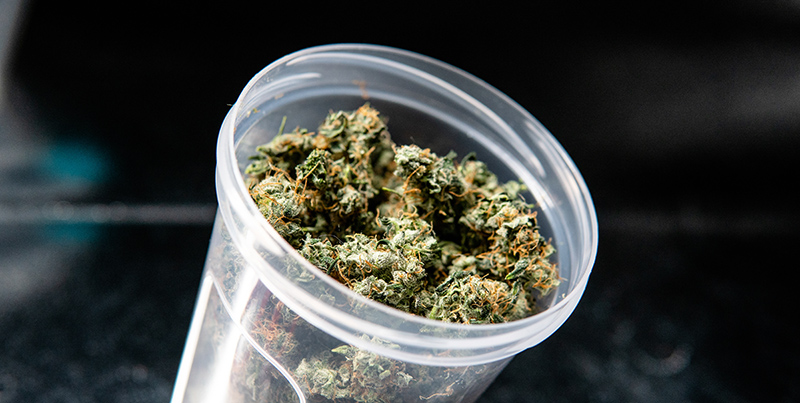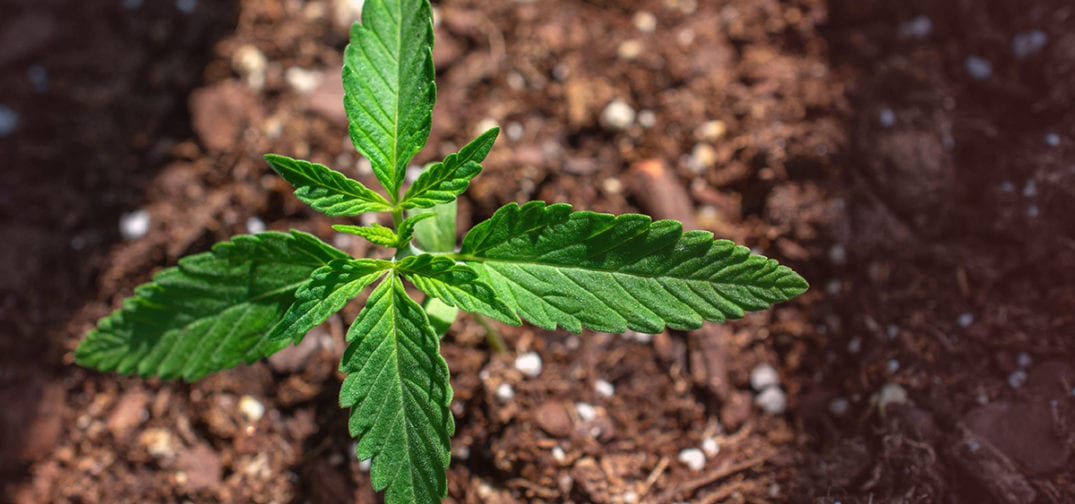In the world of cannabis compounds, tetrahydrocannabinol (THC) and cannabidiol (CBD) reign supreme. They’re the two major cannabinoids that we’ve all grown familiar with since their discovery in the early 19th century. While THC and CBD have no doubt been the most critical compounds thus far, progressions in science have taught us that they are not the only catalysts for producing the effects that we feel from cannabis.
Now more than ever, cannabis producers and consumers are becoming more educated about cannabinoids, terpenes, and our endocannabinoid systems. And because of this, we’re beginning to learn more about other cannabinoids and their potential medical benefits. One such cannabinoid that’s seeing a surge of attention is cannabigerol, or CBG.
What is CBG?
Cannabigerol is a non-psychoactive cannabinoid that was first discovered in the 1960’s. Though a minor cannabinoid, due to the very small amounts of it found in cannabis, it is still one of the most important. Why? Because cannabigerolic acid (CBGA) is what converts into THCA, CBDA, and CBCA; and THCA and CBDA which then becomes THC and CBD — the compounds we know for getting us high and providing certain non-psychoactive therapeutic experiences, respectively.
Though scientists have known of cannabigerol for decades now, there is still so much more research needed before anyone can come to any concrete conclusions about the exact effects CBG may have. However, certain experiments and trials conducted on mice and cats have given way to a few theories on how CBG may be able to help humans. Many of CBG’s benefits mirror those of CBD and also cannabinol (CBN). Here are some of CBG’s potential medical benefits:
CBG as anti-inflammatory
Research has shown that cannabigerol could be a helpful anti-inflammatory and a potential treatment against inflammatory bowel diseases like Crohn’s Disease. IBD is an incurable disease that affects over 1.6 million people. A study published in 2013 injected mice with colitis, then tested the effects of cannabigerol on them. It concluded that “CBG attenuated murine colitis, reduced nitric oxide production in macrophages, and reduced ROS formation in intestinal epithelial cells.” A separate study showed that CBG helped mice with encephalomyelitis (inflammation of the brain and spinal cord).
CBG as a Huntington’s Disease treatment
Huntington’s disease is a rare, progressive brain disorder that gradually kills nerve cells in the brain. As the brain breaks down, so do the host’s physical and mental abilities. There is currently no cure for Huntington’s, but two studies — one in 2014 and another published in 2016 — show that CBG might be able to help slow down its effects.
CBG as an appetite stimulant
Many of cannabigerol’s benefits come down to being able to treat the side effects of various cancers. Research has shown that CBG could help stimulate appetite, and help promote the physical health of cancer patients. A study published in 2017 reports that a cannabigerol-rich Cannabis sativa extract, devoid of THC, elicits hyperphagia in rats. Hyperphagia is the strong desire to eat, which often leads to overeating.
CBG as a cancer fighter
A plethora of studies has shown that cannabis in general, with its complete profile of cannabinoids and terpenes, can be helpful against cancer. A study published in 2014 showed that colon carcinogenesis in mice was inhibited by the cannabigerol. It concludes that CBG should be considered in colorectal cancer prevention and cure.
Though these studies indicate CBG could be a powerful tool in medicine, it’s important to remember that no clinical research has been done on humans.

Which cannabis strains and products are high in CBG?
While CBG is becoming a highly sought-after cannabinoid in the current market, there are still very few strains that contain more than 1% CBG. As mentioned earlier, CBG usually turns into THC or CBD. However, when breeders extract cannabinoids from cannabis plants before they finish flowering, they are able to capture CBG in higher amounts.
Additionally, many hemp-derived CBG products have started to pop up. Hemp is just like the cannabis plant but contains 0.3% or less THC. Like cannabis, it contains hundreds of other cannabinoids, including CBG. With the federal legalization of industrial hemp, producers and processors are now able to isolate this compound and bring to market a slew of CBG oils, CBG tinctures, CBG vape pens, CBG topicals, and even CBD edibles. When trying these products, and testing CBG’s effect on your endocannabinoid system, remember to only purchase products from companies that can provide a certificate of analysis from a reputable lab, and a complete list of the product’s ingredients.
Get daily cannabis industry news and insights. Subscribe
End
